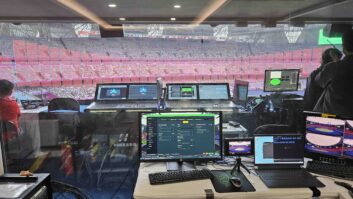Architects need to understand the different cabling requirements for the technology that is to be installed in a smart home. Ian Trudgeon of thinkingbricks tells you what you need to know.
For TV, radio and satellite – coaxial cables should be your first choice, preferably the standard referred to as CT or WF-100 or 125.
For phone and broadband – Cat5e (pictured, top) will ensure clear communication. This cable can send audio, video and control commands from keypads around the connected home. Capable of 1000 megabit (Gigabit Ethernet) networking speed if installed correctly, just compare that to the speed of your broadband connection.
For high definition – the HDMI (pictured, left). The new USB-sized connector is now common on HDTV screens, games consoles and DVD players. Miss the opportunities this cable offers at your peril.
The fire safety of low-voltage cabling is important too. Wherever possible, LSOH (low smoke zero halogen) cables should be specified.
Some systems require their own preparatory cables to be run – for example home automation systems like KNX / EIB use a specific “bus” cable as a link for their system.
DESIGN, DESIGN, DESIGN!
A cable design / schematic is key to ensuring the right cables in the right place, carrying the right signals.
Remember – the most expensive cable ever run is the one that is overlooked!
Ian Trudgeon is project director with thinkingbricks. He is offering RIBA-certified CPD courses on all aspects of home technology.







